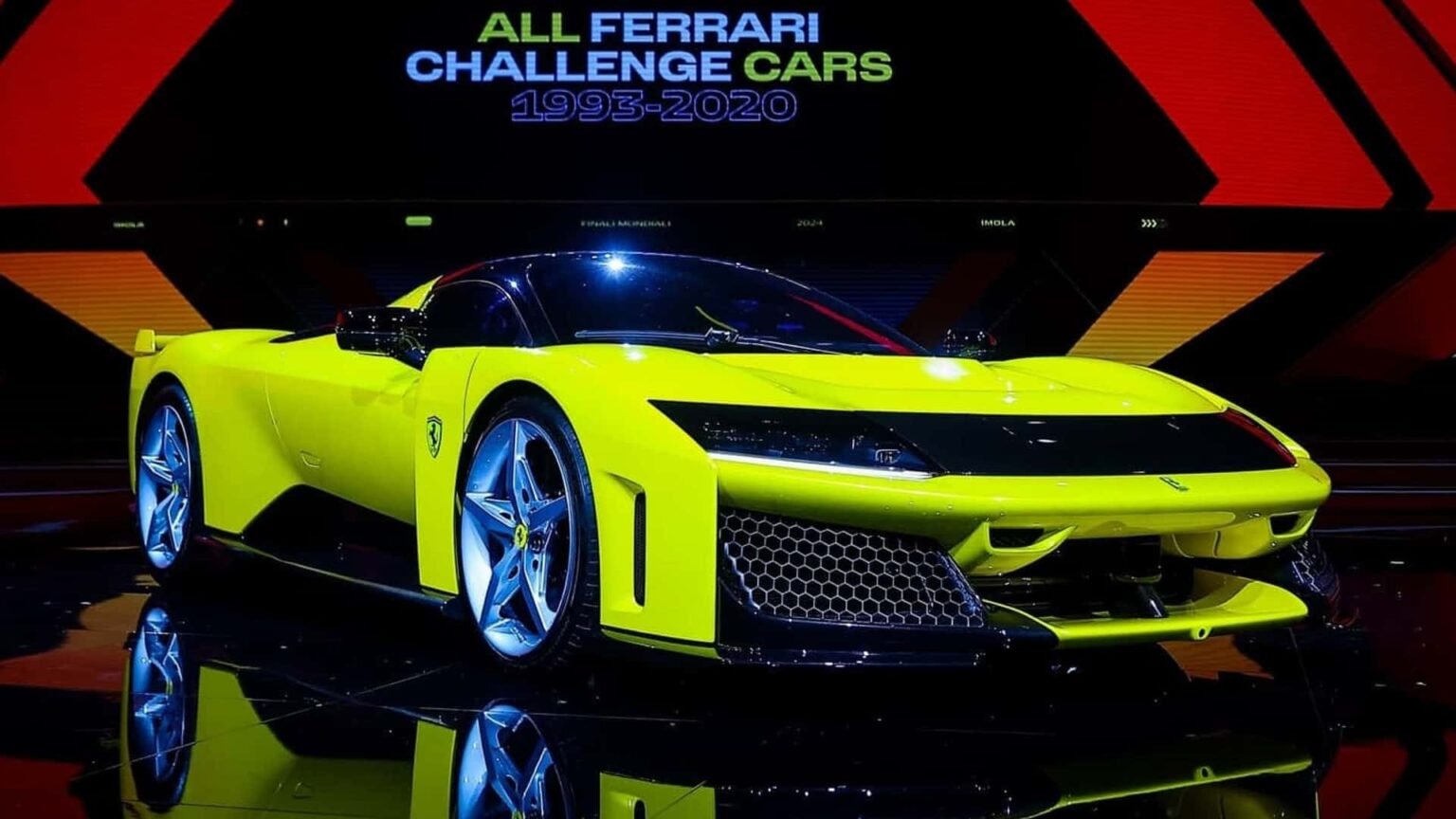We were taken aback when Ferrari pulled the covers off the F80 a little over a year ago, only to discover it had a small V-6. Its debut came just a few months after the Prancing Horse reaffirmed its long-term commitment to the mighty V-12 by keeping all twelve cylinders in the 812 Superfast’s successor. In fact, even the car’s name was a tribute to the venerable engine: 12Cilindri.
Having only half the cylinder count for the F80 flagship might not sit well with those who believe there’s no replacement for displacement. But Ferrari is adamant it made the right call, even though both the 12Cilindri and the Purosangue SUV still use the 6.5-liter V-12. During a technical workshop held on November 19 at the Museo Enzo Ferrari in Modena, the supercar maker explained what went into developing the LaFerrari’s replacement.
Ferrari did consider retaining a naturally aspirated V-12, but ultimately the switch to a turbocharged V-6 with forced induction proved to be an “easy” decision. Here’s what Matteo Turconi, Senior Product Marketing Manager, had to say:
‘We asked ourselves. Should the new supercar feature the most iconic engine in Ferrari’s history? Or take the best of racing for sheer performance? The question ultimately had a simple answer, even if it didn’t seem like it. We chose the second option. We took the best of racing, which today means a turbocharged V-6 combined with a hybrid system.’
Turconi even goes as far as to claim the “V-6 is superior to a V-12,” and says he has the numbers to support such a bold statement. The 3.0-liter unit, derived from the 499P endurance race car, makes a staggering 300 horsepower per liter. But it’s not just the record output, as its compact size allows for a shorter wheelbase and reduced weight.
The V-6 is affectionately nicknamed “the big engine” in Maranello, according to Paolo Valenti, Team Leader – Pilot Product Line. Dropping the bulky V-12 also brings aerodynamic benefits; the V-6’s smaller footprint allows the diffuser to be extended to 1.8 meters (70.8 inches).
20
Source: Ferrari
While the absence of a V-12 might disappoint the big-engine crowd, it’s worth remembering that the 288 GTO and F40 used V-8s. You don’t hear people complaining about those, right? And the F80’s appeal is undeniable: every one of the 799 units is already spoken for.
Although an electric Ferrari is just around the corner, the company recently reiterated that it will continue investing in combustion engines. Not only the V-6, but also the larger V-8 and even the V-12. By the end of the decade, pure ICE models are expected to account for 40 percent of the lineup, with hybrids representing another 40 percent. The remaining 20 percent will be EVs.
Read the full article here



